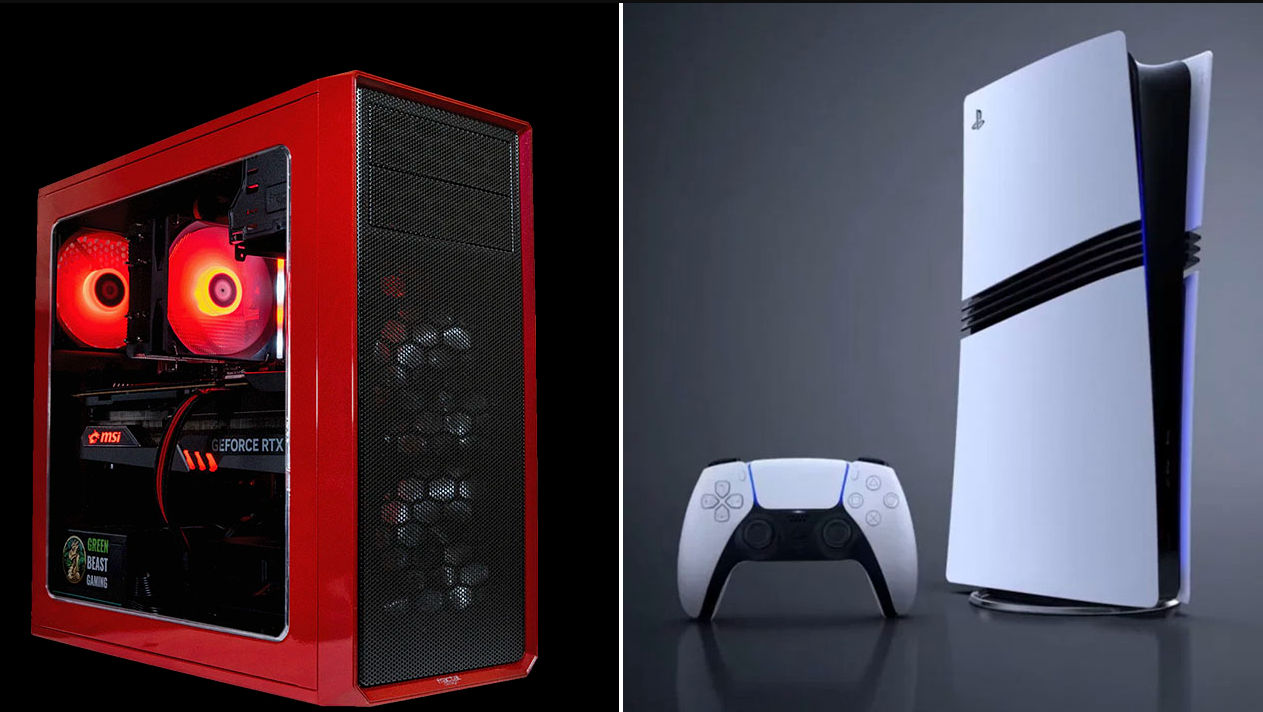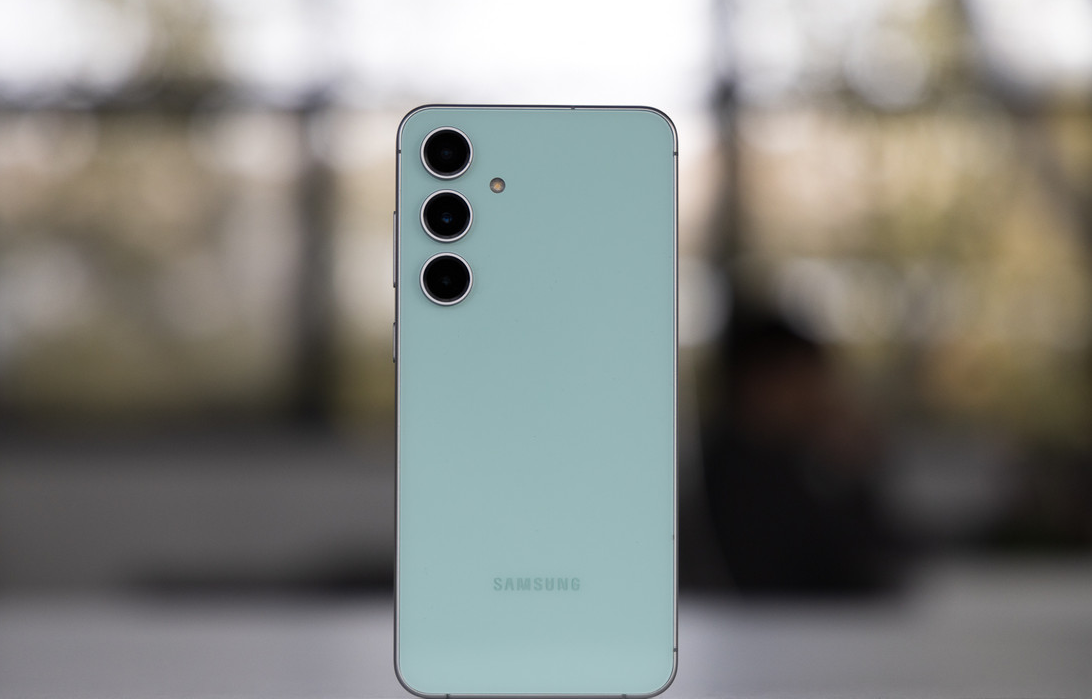A smart home system is a set of technologies and devices designed to improve comfort, safety and resource efficiency in the home. It is based on the idea of integrating various elements of the home infrastructure into a single controlled and automated network. This means that residents can control, configure and automate various aspects of their home using a centralised interface such as a smartphone app, voice commands or a control panel.
Integrated network of devices and technologies
A smart home system is an integrated network of devices and technologies designed to automate and enhance various aspects of the home. This system includes many components working in sync to provide a comfortable, safe, energy efficient and manageable home environment. Let’s take a closer look at the main components that make up a smart home system:
The central controller (Hub):
- It is the brain of the smart home system, providing communication between various devices and the user. The central controller can be controlled via mobile app, web interface or voice commands through integration with assistants like Amazon Alexa, Google Assistant or Siri.
Lighting control devices:
- Includes smart lamps, dimmers and switches. Allow you to adjust light intensity, colour and even create lighting scenarios depending on the time of day or a specific event.
Climate control systems:
- Smart thermostats and air conditioners that automatically maintain a set temperature in the home, optimise energy consumption and can be set to different operating modes depending on the time of day or the presence of people in the home.
Smart security and monitoring systems:
- Video cameras, motion detectors, door and window sensors and alarm systems. Protect against unauthorised access, fire and water leaks by sending notifications to the owners’ mobile devices.
Smart home appliances and electronics:
- Refrigerators, washing machines, hoovers, TVs and media systems that can be controlled remotely to improve comfort and efficiency of use.
Smart locks and access systems:
- Allow you to control access to your home using access codes, smartphones or biometrics, increasing security and usability.
Sensors and sensors:
- Sensors for air quality, temperature, humidity, light and other sensors that help maintain optimal conditions in the home and collect data to analyse and automate various processes.
Integration with the Internet of Things (IoT):
- The ability to integrate with a wide range of devices and services, thanks to support for standards and communication protocols such as Wi-Fi, Zigbee, Z-Wave, Bluetooth, allows the functionality of the smart home system to be expanded and tailored to the specific needs and preferences of users. This means that the system can incorporate more and more devices and services over time, becoming even smarter and more integrated.
Multimedia and Entertainment Management:
- Smart speakers, media players, TVs and projectors that can be easily integrated into a smart home system to create a unified multimedia environment. This allows the user to set up automatic playback of music or video on a schedule or in certain situations, such as when they arrive home.
Automation and scripting:
- Users can create customised scenarios and automations that allow smart home devices to work together to perform specific tasks. For example, “leave home mode” can include switching off all lights, lowering the temperature and activating the security system with the touch of a button or a command from a voice assistant.
Management interfaces:
- In addition to mobile apps, the smart home can be controlled via voice assistants, wall panels, remote controls or even a web interface. This provides maximum convenience for users, allowing them to choose their preferred method of interaction.
Platforms and ecosystems:
- There are various smart home platforms and ecosystems such as Apple HomeKit, Google Home, Amazon Alexa, Samsung SmartThings, which offer different levels of integration, compatibility and ease of control. The choice of a particular ecosystem may depend on user preferences, existing devices and functionality requirements.
Remote control and monitoring via smart home on your phone
The ability to control your home from a distance has become one of the key features of a smart home system. With advances in technology and the advent of integrated smartphone apps, controlling your smart home has become even easier and more accessible. Imagine being able to control the lighting, temperature, security and even humidity levels in your home from the comfort of your couch or from across the country. All of this is made possible with smart home control apps available on your smartphone.
How does it work?
- Centralised control: The app on your phone communicates with a central smart home hub, which in turn controls all connected devices and systems. You can set and customise scenarios, control each device individually or set automatic actions.
- Real-time monitoring: CCTV systems and various sensors (e.g. motion, door open, smoke) can transmit information to your phone in real time, allowing you to be aware of what is happening in your home wherever you are.
- Receive notifications: When unusual activity or other important events are detected, the system can automatically send notifications to your phone, for example, if the system detects movement in the house while you are away or if a water leak is detected.
- Integration with external services: Many smart home systems can integrate with popular services and platforms such as Google Assistant, Amazon Alexa or Apple HomeKit, allowing you to use voice commands to control your home via your smartphone.
Advantages of remote control and monitoring
- Convenience: Control your home from anywhere in the world using only your smartphone.
- Security: Stay informed about what’s happening in your home and receive notifications of important events.
- Economy: Optimise the use of resources (e.g. switch off unnecessary lighting or heating) even when you are away from home.
- Comfort: Automate everyday tasks and create the perfect atmosphere in your home before you get home.
System capabilities
Smart home systems offer a range of benefits including convenience and comfort, energy and resource savings, improved security and even increased property value. Through integration with the Internet of Things (IoT), these systems are becoming increasingly intelligent and multi-functional, providing the user with a deep level of automation and personalisation.
Intelligent energy consumption
- Integrating a smart home with energy management systems not only reduces energy bills, but also promotes more responsible consumption of resources. Intelligent control of temperature, lighting and appliances can significantly reduce energy consumption without compromising comfort.
Personalisation and adaptation
- Smart home systems can adapt to the behaviour and preferences of occupants, automatically adjusting various settings to maximise comfort. For example, the system can “remember” that you prefer warmer light in the evening and cooler light during the day, and automatically adjust the lighting according to your preferences.
Integration with external services and ecosystems
- “Smart Home can be integrated with a wide range of external services and platforms, from music streaming services to smart city systems. This opens up new possibilities for creating a unified, multifunctional ecosystem in which every device and service interacts with each other to create a unique and personalised user experience.
The future of smart homes
The prospects for smart home systems seem truly limitless. Advances in the Internet of Things, artificial intelligence and machine learning technologies will facilitate even greater automation and personalisation, making life even more comfortable and safe. Perhaps in the future, smart homes will not only be able to respond to residents’ commands, but also anticipate their needs, becoming true “smart assistants” in everyday life.
A smart home system is not just a set of high-tech devices; it is an entire philosophy aimed at creating the most comfortable, safe and efficient living space. The implementation of such systems not only makes everyday life easier, but also opens up new horizons for integrating the home into the broader context of smart society and smart cities, where each element of infrastructure is able to interact with others to create an optimal environment for living, working and relaxing.
Experience the joy of saving money with reBITme when buying a Smart Home system. Enjoy your choice!




